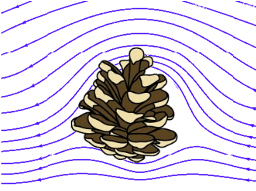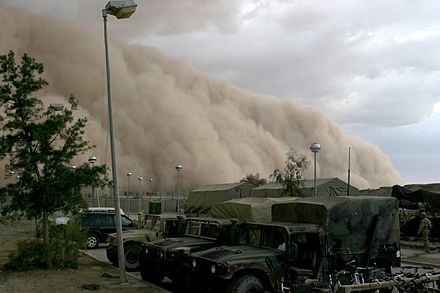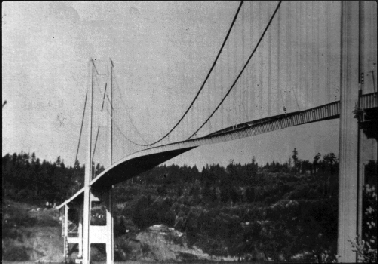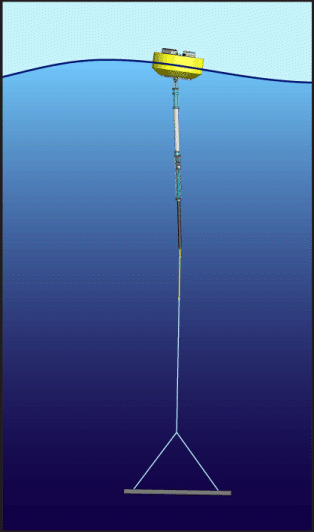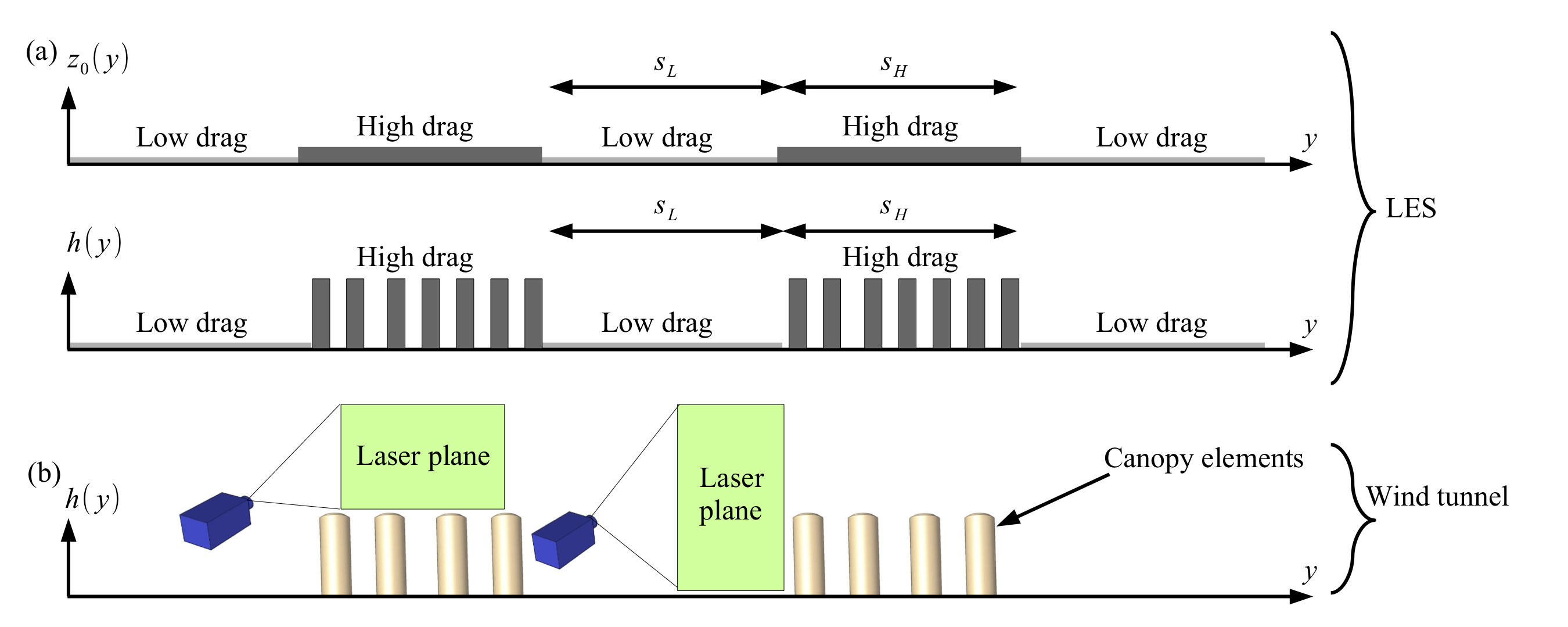General open positions for MSc, PhD students and Postdocs
At the Environmental Multi-Phase Flow Laboratory we perform mainly experimental research in the broad field of fluid dynamics and heat transfer. Curious students that have a strong affinity to experiments are invited to send their applications.
Specific fields of interest are:
1. Particle-Flow interactions
Particle-Flow interactions can be found in many industrial and environmental processes such as erosion and desertification processes, air conditioning systems, spray-based drug delivery, sedimentation/resuspension processes in waterways and oceans.
New (August 2019): Open positions PostDocs, PhD and MSc
Control of fiber orientation dynamics in the near-field of a coaxial (impinging) jet by flow structure manipulation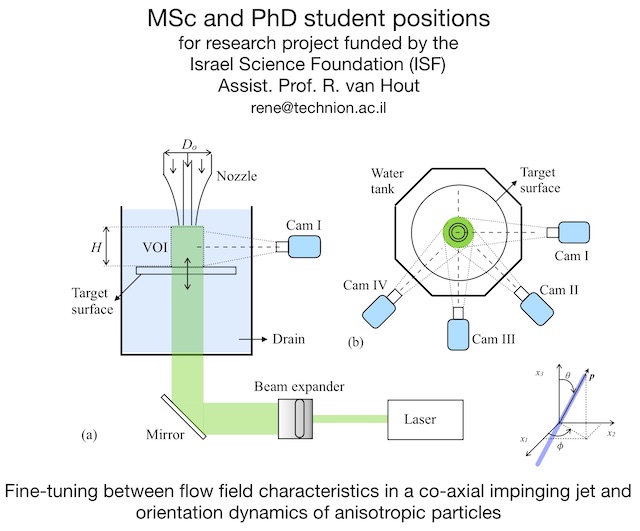 Co-axial particle laden jet
Co-axial particle laden jet
Description of the research: Particle-laden flows occur in a wide variety of applications, such as industrial, medical and environmental ones. Knowledge on these type of flows is essential if one aims to alleviate pollution, understand planetary albedo, improve drug delivery as well as control material properties. The latter is important for composite materials, for example those made of fibrous material. The orientation of fibers governs essential material properties such as strength, permeability and other desired properties such as optical ones. One of the ways to deposit fibers onto a surface is by means of an impinging jet. Here, it is proposed to use a coaxial jet in order to control the fiber orientation in its near-field flow. The main research question that we aim to answer is: “Can the shear layer instabilities in the near-field flow of an impinging coaxial jet be fine-tuned in such a way that fiber separation and/or alignment can be controlled upon impingement and deposition of the fibers”.
Fiber orientation dynamics is controlled by the velocity gradients that fibers experience along their trajectories. Depending on their inertia as expressed by the Stokes number that is defined as the ratio between the fiber response time and a relevant flow time scale, fibers will align their major axis with the vorticity vector. A coaxial jet is composed of an inner axisymmetric jet that interacts with an outer annular jet and as a result, both an inner and an outer mixing region exist. In these mixing regions, vortical structures are generated that will interact with the fibers and change their orientation distributions. The relevant flow time scales associated with these vortical structures change as a result of changing the magnitude of the jet exit velocities as well as by changing their ratios. As a result, the coaxial jet represents an extremely versatile system for studying fiber- turbulence interactions as Stokes numbers can be fine-tuned by changing the jet exit velocities.
Coaxial impinging fiber-laden jets are difficult to accurately numerically simulate, and here state-of-the-art tomographic particle image velocimetry (tomo-PIV) and two orthogonal view, digital holographic cinematography will be used to spatially and temporally resolve the 3D flow structure, fiber orientation and “tumbling” rates. Experiments will be performed over a wide range of jet exit velocity ratios both for unladen and fiber-laden (impinging) jets. Results will be both important from a basic scientific point of view as well as from a practical point of view. Practical importance will be mainly on controlling the fiber orientation in industrial deposition processes that may result in better control of desired material properties. However, fundamental knowledge on fiber interaction with vortical structures will have a much broader impact beyond the field of coaxial (impinging) jets and is expected to have an impact on modeling of the interaction between turbulence and anisotropic particles important in a wide range of industrial and environmental settings. For example, global warming depends on the earth’s heat balance and its albedo is partially governed by the orientation of fiber-like ice crystals in the upper layers of the atmosphere.
At the EMPFL we perform basic experimental studies on the coupling between (anisotropic) particles and turbulent flows (see research projects and publications).
2. Heat Transfer Enhancement by Pulsating, Co-Axial Impinging Jets
Funded by the Pazy Foundation (2020 – 2024) in collaboration with Rafael – Advanced Defense Systems Ltd. (Dr. M. Raizner) and Assoc. Prof. B. Cukurel at the Faculty of Aerospace Engineering (Technion – IIT)
(2020): PostDoc, PhD and MSc positions available: In the last two decades, there is an increasing interest in developing high-power laser applications for military defense purposes. One of the implementation obstacles is the low energy conversion efficiency and the associated need for efficient heat removal to ensure proper functioning. In applications where liquid-based cooling is not an option, the use of impinging air jets results in the highest attainable heat transfer coefficients that may be even further enhanced by employing jet pulsation, adding a swirl component or by changing the jet configuration. For example, co-axial impinging jets increase the heat transfer compared to single round jets while adding pulsation or swirl is expected to lead to additional enhancement. However, despite decades of research on impinging jets, the heat transfer characteristics of impinging, pulsating co-axial jets with or without a swirl component have not been investigated. Here, we propose to study the spatio-temporal heat transfer and flow field characteristics of a pulsating co-axial jet (with or without swirl) impinging on a heated thin foil using a combination of phase-locked tomographic particle image velocimetry (tomo-PIV) and high-speed infrared (IR) thermography. First, experiments will be performed on a single impinging co-axial jet with the aim to elucidate the physical mechanisms responsible for heat transfer enhancement in pulsating jets, and establish the optimized co-axial jet configuration in terms of diameter ratio, pulsation frequency and swirl component. The hypothesis is that pulsation will modulate the strength and generation frequency of the primary (toroidal) vortices and that heat transfer enhancement can be optimized for a specific ratio of inner and outer jet diameter and pulsation frequency. In addition, adding a swirl component to the pulsating co-axial jet is expected to further enhance the heat transfer capability. The acquired results on the single co-axial jet will be used in designing an array of jets during the last year of the proposed research, and the effect of the mutual interaction between them (“cross-flow”) will be studied. The here proposed research makes use of cutting-edge technology and will ensure significant technology transfer between the two involved parties. Results are expected to significantly enhance achieved heat transfer coefficients in impinging air jet applications and change the way impinging jet cooling is implemented in military applications when high-power heat removal is required.
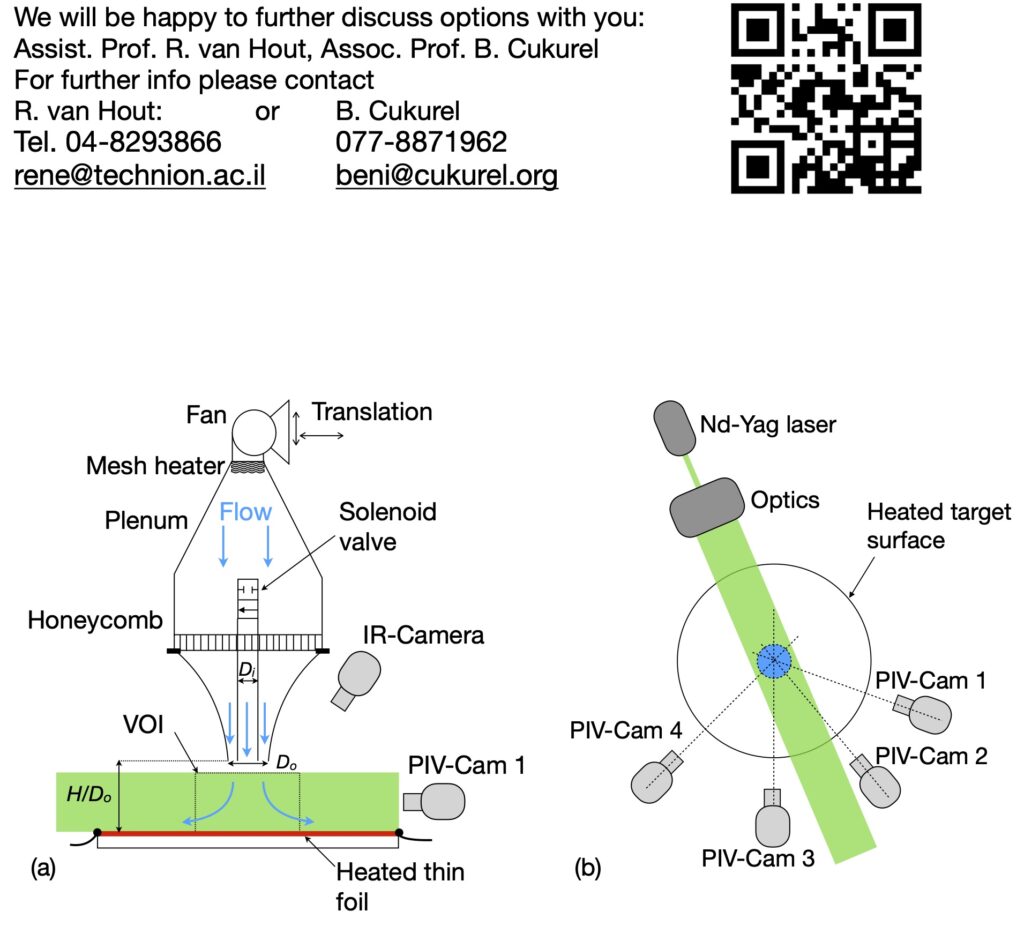
Pulsating co-axial impinging jet setup
3. Vortex-Induced Vibrations of Tethered Bodies
(2019): PhD and MSc positions available: Vortex-Induced vibrations are common around us and one may have experienced this phenomenon when going up a very high building. As a result of asymmetric vortex shedding the building is prone to swinging. These structural excursions can be detrimental to the integrity and lead to structural collapse. A famous example is the Tacoma bridge disaster.
The original Tacoma Narrows Bridge roadway twisted and vibrated violently under 40-mile-per-hour (64 km/h) winds on the day of the collapse.
On the other hand, of major importance in todays energy demanding world, VIV may be used for green energy-harvesting purposes. The oscillations of bodies as a result of their interaction with flows can be transformed in useful work (electricity).
At the EMPFL we try to elucidate the coupled three-dimensional flow field and structural dynamics using advanced experimental imaging techniques such as Tomographic Particle Image Velocimetry (see Research projects).
4. Measurement of hydrologic processes across landscape heterogeneities (in collaboration with the Faculty of Environmental and Civil Engineering, Technion-IIT, and The University of Texas at Dallas, USA)
(2019) Openings for PostDocs, PhD and MSc students: Spatial landscape heterogeneities affect surface fluxes of momentum, heat, and mass, thus affecting land-atmosphere interactions and the hydrological cycle. When the flow is parallel to the such a heterogeneity, large secondary spanwise circulations emerge within the flow. Using innovative laboratory measurements (Technion-Israel Institute of Technology) and high-fidelity numerical simulations (the University of Texas at Dallas), we will characterize the influence of spanwise heterogeneity and canopy composition on the spatial scale of resultant secondary circulations, and their implications on the distributions of momentum, heat and mass fluxes across the heterogeneity. Results may be used to improve current weather forecast models.
We are looking for students that are enthusiastic about performing measurements inside and above a model canopy inside an environmental wind tunnel (at the Faculty of Civil and Environmental Engineering, Technion-IIT, Israel). This 12 m long environmental tunnel which has an adjustable roof (to ensure a zero-pressure-gradient) and a large cross section (1.75×1.75 m), is suitable to host large models and instrumentation arrays. The tunnel’s inlet chamber is equipped with a honeycomb of 15 cm long, 5×5 cm2 cells and the blower is installed at the end of the test section working in suction mode; mean wind velocities of up to 12 m/s can be reached. The atmospheric boundary layer will be simulated by conditioning the flow field upstream of the measurement area using a variable density screen to generate a shear flow that will speed up the flow field development along the canopy. The measurements will be performed at a downstream position where the flow is developed.
